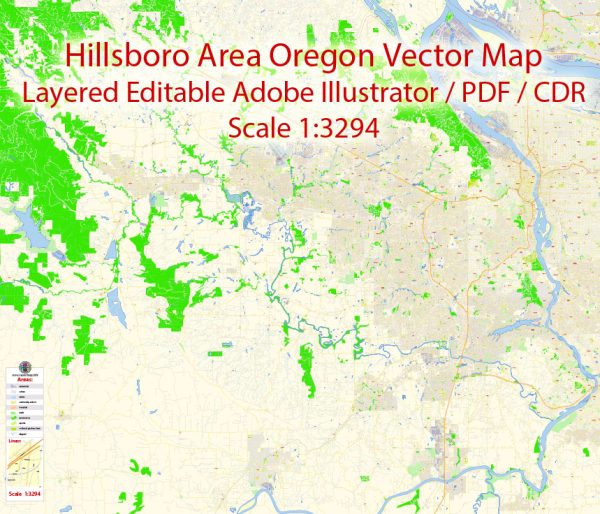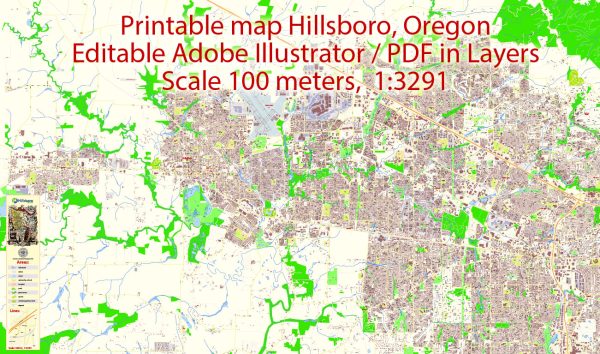Hillsboro, Oregon, has a rich history of urban development that reflects the broader trends and changes in the United States. Here’s a brief overview of the city’s urban development history:
- Early Settlement (19th Century):
- Hillsboro was initially settled in the 1840s by pioneers attracted to the fertile Tualatin Valley.
- The Oregon Trail, a key route for pioneers heading west, passed through the area, contributing to its early growth.
- Agricultural and Industrial Growth:
- Agriculture played a vital role in the city’s development, with farms and orchards dotting the landscape.
- In the late 19th century, the arrival of the railroad facilitated transportation and spurred economic development.
- City Incorporation (1876):
- Hillsboro was officially incorporated as a city in 1876, marking a formal recognition of its status and importance in the region.
- Economic Shifts (20th Century):
- The early to mid-20th century saw a shift from primarily agricultural to more diverse economic activities.
- The establishment of high-tech industries, such as electronics and manufacturing, began to shape Hillsboro’s economic landscape.
- Silicon Forest and High-Tech Hub:
- In the latter half of the 20th century, Hillsboro became a significant part of Oregon’s “Silicon Forest.”
- The presence of major technology companies, including Intel, has been a driving force behind the city’s economic growth and urban development.
- Population Growth and Infrastructure:
- As the city’s economy flourished, Hillsboro experienced population growth, leading to the need for expanded infrastructure.
- Residential and commercial developments expanded to accommodate the growing population.
- Cultural and Recreational Facilities:
- Over the years, Hillsboro has invested in cultural and recreational facilities, including parks, museums, and community centers.
- The city’s commitment to providing a high quality of life is evident in its parks, green spaces, and community events.
- Sustainable Development:
- Hillsboro has embraced sustainability and green practices in urban planning. Efforts have been made to balance economic growth with environmental conservation.
- Transportation Networks:
- The city’s transportation networks have evolved, with improvements to roads, public transit, and accessibility to support the growing population and business activities.
- Diversity and Community Engagement:
- Hillsboro has become increasingly diverse, with a growing population reflecting a variety of cultures and backgrounds.
- Community engagement and local governance have played a crucial role in shaping the city’s identity and addressing the needs of its residents.
In summary, Hillsboro’s urban development history is marked by its agricultural roots, industrial growth, emergence as a technology hub, and a commitment to sustainable and diverse urban planning. The city’s trajectory reflects broader trends in the development of urban areas in the United States.



 Author: Kirill Shrayber, Ph.D.
Author: Kirill Shrayber, Ph.D.